June 15, 2015
The London Festival of Architecture explores the workplace of the future
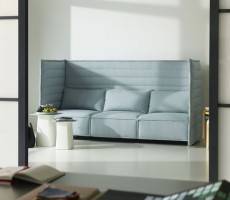 The ongoing London Festival of Architecture (LFA) which is running for the entire month of June, continues what the organisers say are the ‘big workplace conversations’ with a week of focussed discussions, debates and contributions from a number of prominent designers, architects and industry commentators on the theme of the workplace of the future. Running in tandem with London Technology Week (15-21 June), week three of the festival will focus on what the organisers claim are several ‘game-changing’ workplaces as well as the smart technologies and architecture already being created by industry leaders shaping where we work, how we work and what the next generation office and employee will need. Exclusive access will also be given into the practices realising the new models of the workplace through the RIBA Open Studios programme.
The ongoing London Festival of Architecture (LFA) which is running for the entire month of June, continues what the organisers say are the ‘big workplace conversations’ with a week of focussed discussions, debates and contributions from a number of prominent designers, architects and industry commentators on the theme of the workplace of the future. Running in tandem with London Technology Week (15-21 June), week three of the festival will focus on what the organisers claim are several ‘game-changing’ workplaces as well as the smart technologies and architecture already being created by industry leaders shaping where we work, how we work and what the next generation office and employee will need. Exclusive access will also be given into the practices realising the new models of the workplace through the RIBA Open Studios programme.





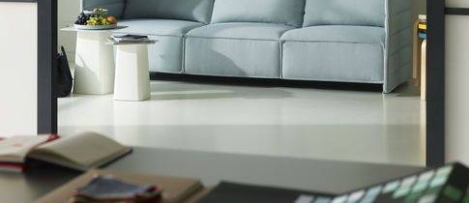




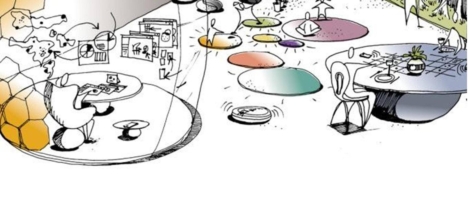




 Plans for what is billed as the tallest office building outside of London have been submitted to Birmingham City Council for approval. The proposed 26 storey tower at 103 Colmore Row is planned to stand 346ft (105m) and house some 2,000 office workers. Birmingham is bound to find the scheme attractive as it vies with Manchester for the crown of England’s second city. Up to now, tall buildings have not enjoyed the same appeal in regional cities as much as they have in London. The new building is planned to replace the former NatWest tower which has lain empty on the development site since 2003 and is set to be demolished once plans are finalised for its replacement. If given a green light, the new scheme will incorporate a rooftop restaurant, green roof, terraces, street level shops and cafes and a winter garden.
Plans for what is billed as the tallest office building outside of London have been submitted to Birmingham City Council for approval. The proposed 26 storey tower at 103 Colmore Row is planned to stand 346ft (105m) and house some 2,000 office workers. Birmingham is bound to find the scheme attractive as it vies with Manchester for the crown of England’s second city. Up to now, tall buildings have not enjoyed the same appeal in regional cities as much as they have in London. The new building is planned to replace the former NatWest tower which has lain empty on the development site since 2003 and is set to be demolished once plans are finalised for its replacement. If given a green light, the new scheme will incorporate a rooftop restaurant, green roof, terraces, street level shops and cafes and a winter garden.




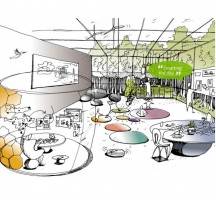
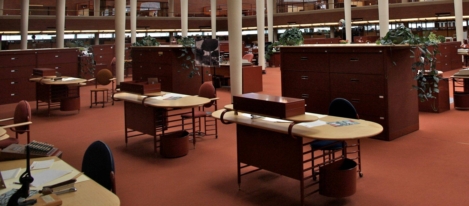
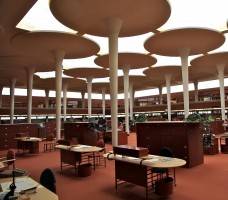








June 8, 2015
Three reasons why National Work From Home Day has it all wrong
by Mark Eltringham • Comment, Flexible working, Public Sector, Technology
Last Friday was National Work From Home Day in the UK. Each year, the TUC and organisers Work Wise seem to take this as an opportunity to analyse data about the uptake of flexible working and arrive at the wrong conclusions. This year, its analysis of the ONS Labour Force Survey found that the number of people regularly working from home had increased by more than 800,000 since 2005, taking the total to over 4.2 million. These are solid enough data, but what are we to make of TUC General Secretary Frances O’Grady’s conclusion that: “these figures show millions of British workers have adopted homeworking and are enjoying a better work-life balance, while saving time and money on costly commuting that benefits no-one”? There are several reasons to suggest that he’s got that wrong to a large extent.
(more…)